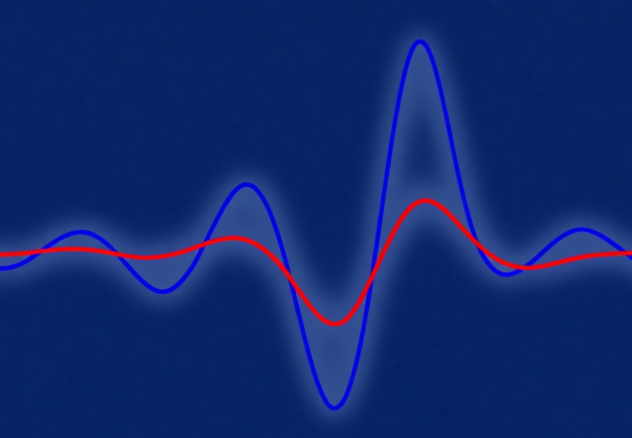Background
Metabolic reactions in living organisms are regulated by the circadian clock. The mechanism of the circadian clock is based on the periodic concentration changes of clock proteins. Therefore, in synthetic biology aimed at realizing artificial life, such periodic concentration changes are important. By designing an artificial life that can change the period of concentration oscillation, a new "life" with various periods can help coordinate with the diverse metabolic reactions that occur at different time intervals.

Problem
DNA oscillators have been implemented using DNA strand displacement (DSD) designs [1] and using the Polymerase-Exonuclease-Nickase (PEN) toolbox [2]. In particular, based on the Lotka-Volterra model, an oscillator has been demonstrated in which the production (synthesis) of a DNA with a given sequence oscillates with a certain period, similar to the circadian clock in vivo. The oscillation period typically depends on initial concentration, temperature, and DNA sequence [3].
Most DNA oscillators to date have been fine-tuned in vitro. Consequently, in many practical settings (e.g., when aiming to recapitulate the circadian clock within a cell), the components of the global initial concentrations are not convenient parameters to adjust. Moreover, retuning by changing DNA sequences often also requires re-tuning other sequences that interact with them, which is complicated and not orthogonal.Therefore, a more compatible approach is needed—one that modulates hybridization and enzymatic kinetics within the PEN toolbox without altering the DNA sequence itself.

Solution
To address this problem, we focus on a chemical modification of the template DNA in the PEN toolbox, particularly the modification with amino acids. Amino acids are components ubiquitously used in living systems, and their physicochemical properties are extensively well studied. They possess various properties, including basic, acidic, aromatic, polar, and hydrophobic properties. These properties will potentially alter the kinetics in the hybridization and enzymatic reactions. Since our experiments were conducted at a constant temperature, the stability of DNA hybridization is important.
Our goals and achievements
Achievements in simulation
- Through mathematical modeling computations, we characterized the system’s behavior under parameter changes.
-
We decomposed the effects of condition changes into
r_assoc/r_nick/r_polyand built a framework to separately evaluate how terminal modifications affect the elementary processes of “association,” “turnover,” and “saturation.” - This analysis explains the changes in behavior induced by amino-acid modifications.
Achievements in Experiment
- Achieved DNA oscillation.
- Confirmed DNA oscillation with amino-acid–conjugated DNA.
Our goal is Proof of concept: tuning DNA oscillation period via amino-acid modification
[1] Stojanovic, N., Stefanovic, D. A de-novo DNA oscillator. Nat Chem 3, 31–36 (2011).
[2] Sobrino, A., et al. A universal substrate for Chemical Kinetics. Proceedings of the National Academy of Sciences (PNAS), 2016.
[3] Kim J, Winfree E. "Programming Predator-Prey Molecular Ecosystems." iGEM 2010.
[4] Agrawal, S., et al. Programming a De Novo DNA Oscillator Using a Molecular Networking Strategy. Molecular Systems Biology, 2017.